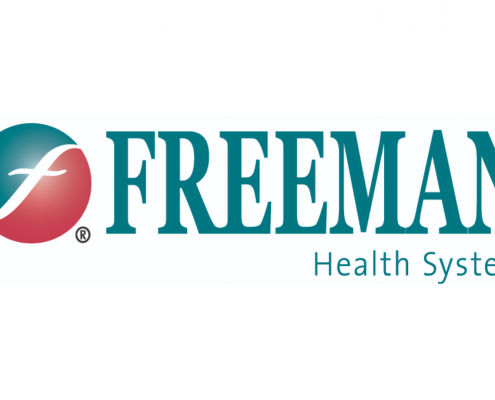FAKE NEWS ABOUT NUTRITION
Written by Dr. Andrea Cullers, RDN, Associate Professor of Kinesiology at Missouri Southern State University
You may think of “Fake News” and politics but “Fake Nutrition News” is even more rampant. “Carbs make you fat,” “Gluten causes weight gain,” and “Vitamin D supplements prevent COVID-19” are all headlines and social media stories that you have probably seen and they are all “Fake Nutrition News.”
In this world of “Fake Nutrition News,” how do we know when sources of information are reliable? A few pointers to avoid misinformation are:
- If a website or article is trying to sell a product, then the information is likely false.
- If a food is either vilified or called a cure-all, then it is probably false information.
- If the food or supplement is promising a quick fix, then it is probably false.
So, where do we go for accurate nutrition information? Websites that end in .org or .edu typically provide more reliable information. Stories written by registered dietitian nutritionists are also more fact-based and trustworthy sources. The Academy of Nutrition and Dietetics and the Missouri Council for Activity and Nutrition are both accurate, reliable, and up-to-date sources of nutrition information.
Every five years the US Department of Agriculture and the Department of Health and Human Services releases the US Dietary Guidelines with the purpose of providing a framework for Americans’ dietary patterns. In December 2020, the 9th Edition, 2020-2025 Dietary Guidelines were released, dietaryguidelines.gov/resources/consumer-resources. The theme of the new guidelines is to “make every bite count,” encouraging people to focus on their entire diet and not just one meal. It is recommended 85% of total calories come from nutrient-dense foods, with less than 6% of total calories coming from added sugars and limiting foods high in saturated fat and sodium. MyPlate provides digital tools for people to implement the recommendations put forth by the US Dietary Guidelines.
Some simple rules to follow are:
- Make half your plate fruits and/or vegetables, one-fourth lean protein sources, and one-fourth whole grains.
- Increase the number of fresh, whole foods and limit the number of foods you eat from a package.
- Drink at least eight cups of non-sugar sweetened beverages each day.
- Eat at least five servings of fruits and/or vegetables each day.
- Make half of your grains whole.
Think of food as a way to fuel and nourish your body. Enjoy how it tastes and makes you feel. Our bodies are our “Earth Suits,” treat them well and they will last longer!
YOU MIGHT ALSO LIKE








